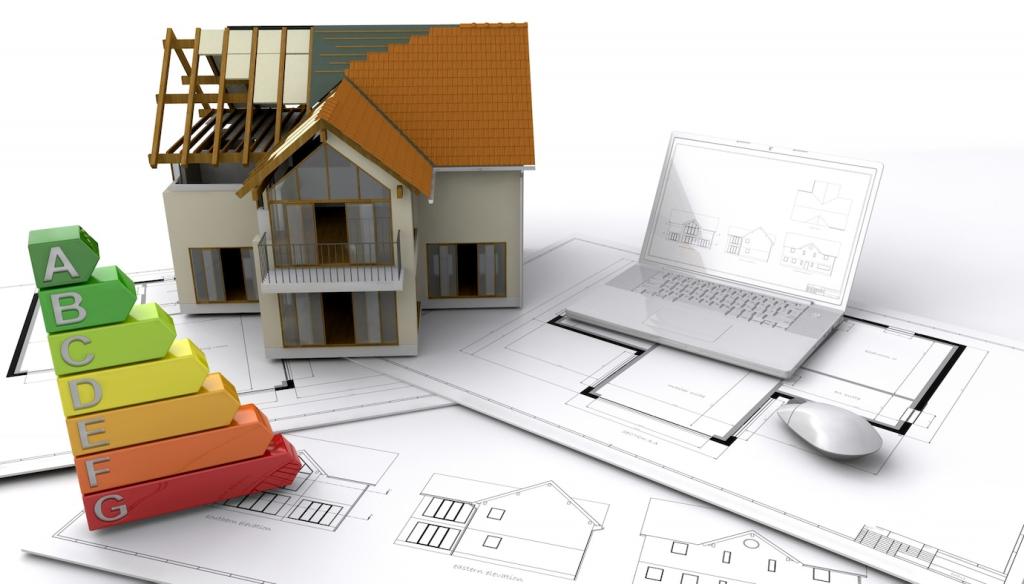Understand R-Value and Climate Fit
R-value measures resistance to heat flow. Higher is better, but only when installed correctly and without gaps. An attic rated at R-49 performs poorly if recessed lights leak air or batts are compressed. Think continuity, thickness, and careful detailing rather than just a number on a label.
Understand R-Value and Climate Fit
Codes vary across climate zones, from mild Zone 2 to snowy Zone 7. In colder regions, prioritize higher attic R-values and continuous exterior insulation to cut thermal bridging. In humid climates, smart vapor control and attic ventilation matter just as much. Comment with your zone for tailored suggestions.




